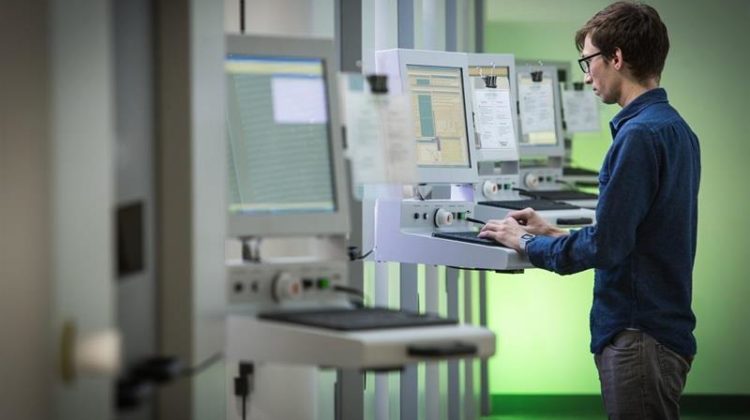
US-based digital manufacturer Protolabs has announced a major breakthrough in the post-production finishing of 3D-printed plastic parts with the launch of its ‘vapour smoothing’ technology.
‘While 3D printing allows an engineer to design and produce complex parts and is ideal for low production runs when compared to injection moulding, the surface finish of the latter is far smoother,’ said Andrea Landoni, Protolabs’ 3D-printing product manager. ‘Now, using vapour smoothing, we can bridge that gap for additive-manufactured parts to smooth and seal even the smallest cavities on the surface.This allows parts in these materials to be used for a wider range of applications that demand a very fine, smooth finish for aesthetic and functional reasons.’
The process involves placing parts produced using either selective laser sintering or multi-jet fusion are into a smoothing chamber, which heats them and introduces a finishing agent. Under carefully controlled conditions, the agent evaporates and the vapour spreads across all of the part’s surfaces, causing them liquify. Material then redistributes, evening out any peaks and troughs, and sealing cavities.
In addition to enhancing the surface finish of parts – even those with very complex geometries – the automated process also improves their mechanical properties, with increased elongation at break and impact strength. Furthermore, treated surfaces are also water- and airtight, and are easier to clean.
‘Because the finishing process is automated, it can be used for far more geometries than a manual smoothing process, which can be limited due to reaching difficult-to-access areas,’ Landoni said. ‘This means that you can have all the advantages of additive manufacturing for parts and achieve a surface finish that’s comparable to injection moulding.’
‘Currently, this process is available for [the commonly used nylon material] PA-12 and [the elastic material] TPU-01, which covers many potential applications,’ Landoni concluded. ‘However, we are also currently testing the process for more materials so watch this space for additions.’



